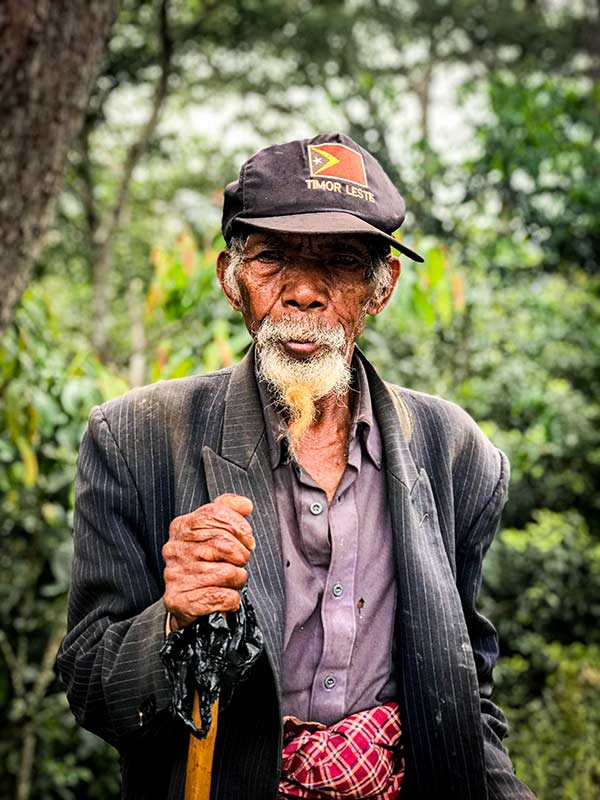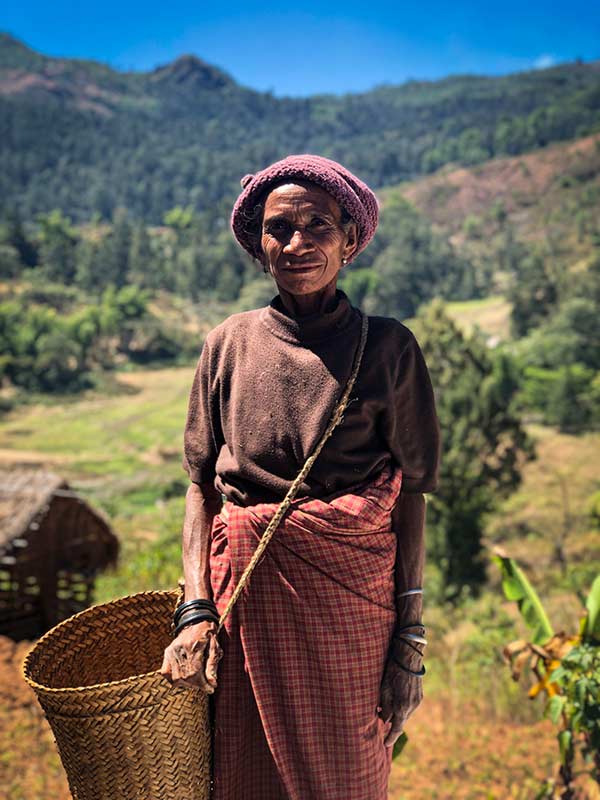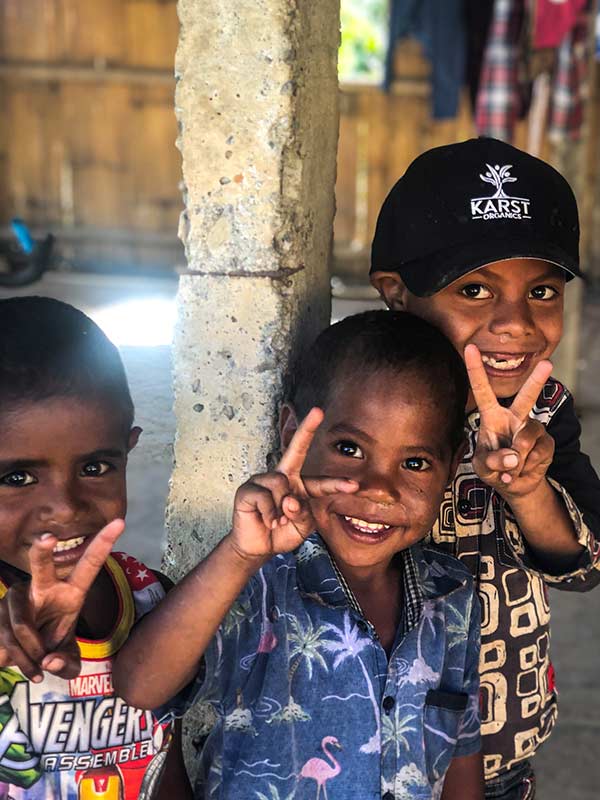TIMOR HISTORY
A small nation with a powerful story to tell
The Past
Portuguese colonisers first arrived on the small, tropical island of Timor-Leste in the early 16th century, drawn there by the plentiful sandalwood forests that adorned the island which offered a lucrative opportunity to be traded globally.
Coffee was later introduced to the island by the Portuguese in the early part of the 18th century. Thanks to the fertile land, this new crop thrived and by the mid-18th century, coffee, like sandalwood beforehand, became a highly prized and exportable crop.
Whilst Timor-Leste proved profitable for the Portuguese, little effort was made to develop the country and by the mid-20th century, Timor-Leste had become little more than a neglected trading post.
On the 28th November 1975, Timor-Leste was given its independence from Portugal. 9 days later, Indonesian troops invaded the country, annexing it and claiming it as an Indonesian territory. What followed was a second struggle for independence during which time the coffee sector was commercially monopolised by Indonesia. During this time, many of the older generation of farmers that we currently work with fought side-by-side with each other in the coffee forests of Letefoho to regain their independence.
In 1999, and after a painful and bloody 24-year period, the United Nations passed a resolution to send peacekeeping troops into Timor-Leste to supervise and oversee a referendum for independence that finally saw the country become the first new country of this millennium on the 20th May, 2002.


The Present
Unsurprisingly, Timor-Leste is considered to be one of South East Asia’s most underdeveloped nation states with an urgent need for investment into infrastructure, education and health.
Food security is an immediate concern and as of 2023 the Global Hunger Index (GHI), ranked Timor-Leste as the country with the highest hunger index in south-east Asia based on the indicators of undernourishment, child stunting, child wasting and child mortality.
Unemployment is high with limited opportunities for paid employment. The Timor-Leste labour force survey (2021) shows that of the country’s 1.3 million population, 439,800 people work in subsistence production (273,000 females & 166,000 males), which is approximately a third of the population. The majority of this number will be coffee farmers.
Oil still remains the country’s biggest export but this fund has been dwindling for some time. Whilst Australia and Timor-Leste are due to commence offshore drilling in the Greater Sunrise Gas development, this is not scheduled to start until 2028. The anticipated 5 trillion cubic feet of dry gas could hold great riches for the country however, as this is still in the research stage, now is the time for Timor-Leste to look at other opportunities to aid in its development.
The Future
Although Timor-Leste has had a turbulent past with a complicated political history, it is a nation with a huge heart which is full of optimism for the future. At only 22-years old, it has established itself as a peaceful democracy and thanks to wise leadership, now has excellent bilateral relationships with both Portugal and Indonesia and is on track to join ASEAN.
The current government has realised the potential of East Timorese coffee and is beginning to invest in infrastructure by building new roads for better access to remote coffee producing locations and also providing farmers support with coffee tree rehabilitation and maintenance to increase the average household yield.
Due to its lack of development, Timor-Leste now finds itself in the unique position of being one of the only coffee origins in the world where all coffee is grown organically by default in an environment which fosters biodiversity and low-impact farming practices. At a time when the global coffee community needs to work collaboratively on topics such as climate change and deforestation, this small nation could have an important role to play in securing the future of sustainable coffee practices.

FAQs
Where is Timor-Leste?
What languages are spoken?
The common language is Tetun (a native Austronesian language) which is spoken throughout the country. There are an additional 33 regional dialects of which the local dialect of Letefoho, Ermera is called Mambai.
The languages of governance are Tetun and Portuguese and Portuguese is still the most commonly taught second language in schools.
Bahasa Indonesian is understood by many Timorese and the Bahasa number system is still favoured by most of the population when discussing the price or cost of something.
English is not widely spoken although this may change as more international companies potentially look to invest in the country.
Is it East Timor or Timor-Leste?
‘Leste’ is the Tetun word for ‘East’ so East Timor is a western translation of Timor-Leste. In reality these are interchangeable and both acceptable to use although we have noticed more of a preference these last few years from the international community to use Timor-Leste.
What currency is used?
The currency of Timor-Leste is the US dollar.
What are the seasons?
Timor-Leste has 2 seasons; a wet season and a dry season.
The dry season usually lasts from approximately May to October with the coffee harvest generally starting in late May until early September depending on altitude.
The wet season usually starts in early November and lasts through until May with the heaviest rains occurring in January/February.


